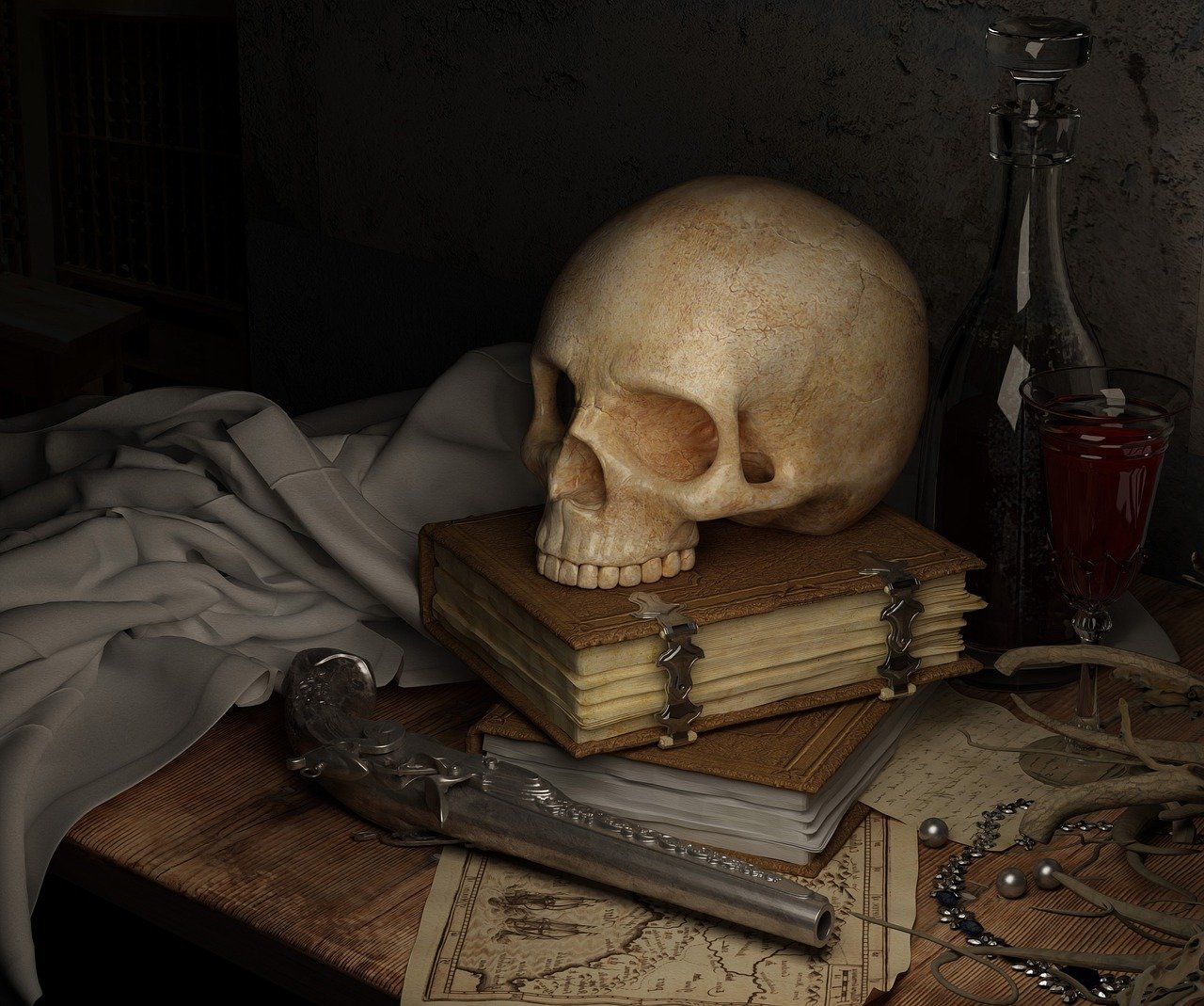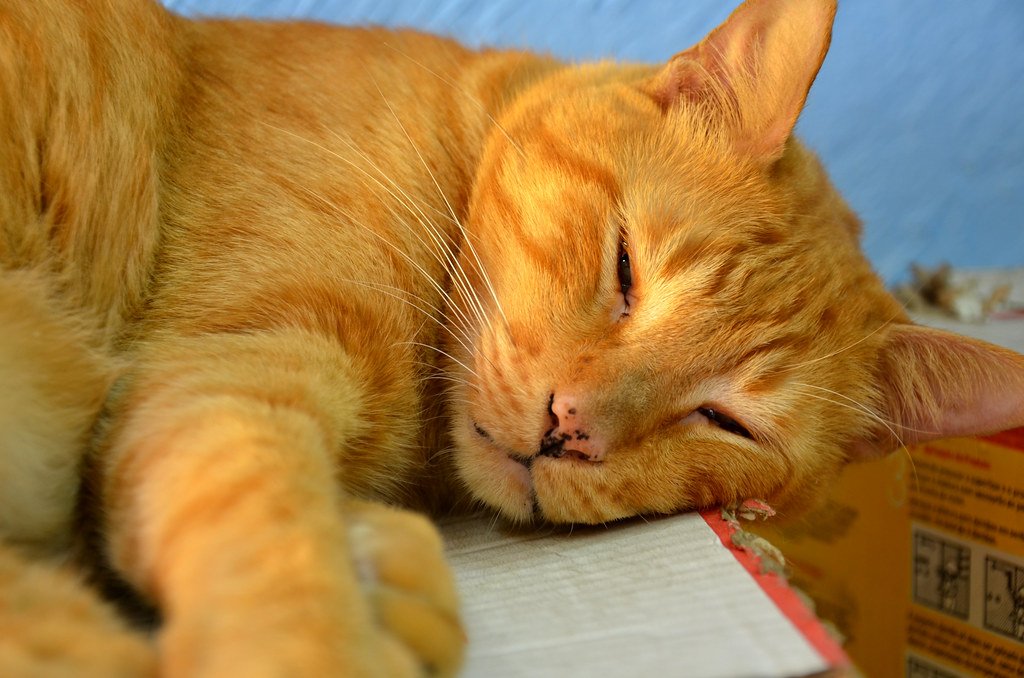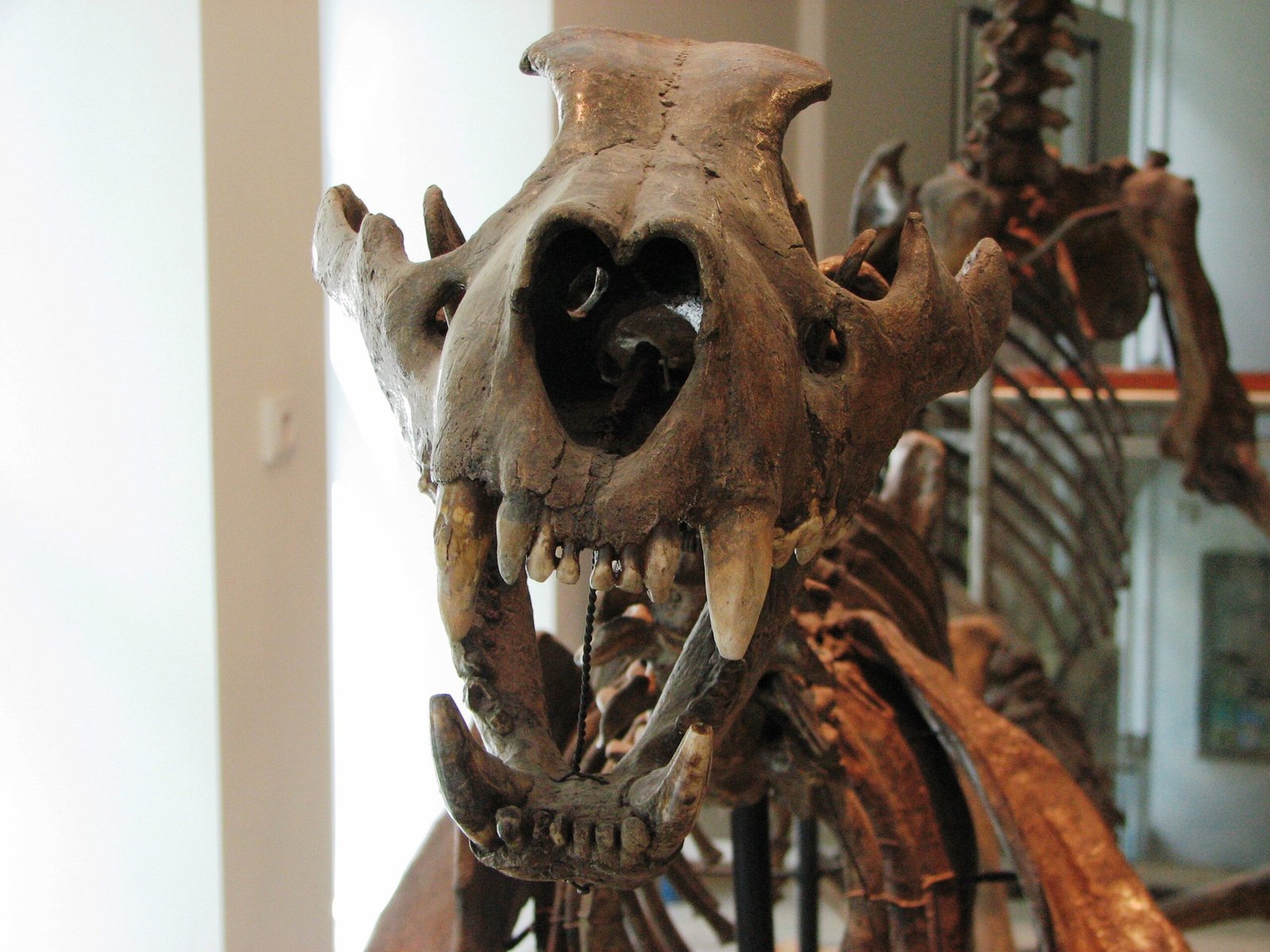Saber-Toothed Smilodon Fatalis Had Jaws That Could Open 120 Degrees

The famous saber-toothed cat wasn’t just about those massive canine teeth. Its skull reveals jaw muscles that could generate incredible force, but here’s the twist – those iconic fangs were actually quite fragile. The Smilodon had to be surgical in its kills, using precise neck bites rather than the bone-crushing approach of modern big cats.
What’s truly mind-blowing is how wide these cats could open their mouths. At 120 degrees, that’s nearly twice what a modern lion can manage. This extreme gape was essential for clearing those sword-like teeth during attacks, making every hunt a carefully choreographed dance of death.
The Nimravid “False Cats” Had Retractable Claws Before True Cats Evolved

Long before true cats roamed the Earth, the Nimravids were perfecting the art of being feline. These “false cats” evolved retractable claws independently, proving that some evolutionary solutions are just too good not to discover twice. Their skulls show enlarged brain cases, suggesting these ancient hunters were surprisingly intelligent.
The fascinating part? Nimravids went extinct around 7 million years ago, but their skull structure was so similar to modern cats that early paleontologists couldn’t tell them apart. Nature apparently has a favorite blueprint for the perfect predator.
Dinictis Had Forward-Facing Eyes That Made It a Precision Hunter

Picture a cat the size of a lynx, but with the hunting precision of a modern-day sniper. Dinictis lived 37 million years ago and its skull reveals something remarkable – eye sockets positioned for incredible depth perception. This wasn’t your typical ambush predator; it was built for calculated, long-distance stalking.
The skull’s unique construction shows enlarged areas for processing visual information, making Dinictis one of the earliest examples of a cat that literally saw the world differently. Its success in the ancient forests of North America proves that sometimes, it’s not about being the biggest or strongest – it’s about seeing your opportunity first.
Machairodus Had Skull Ridges That Could Withstand Massive Jaw Pressure

When you’re wielding teeth the size of kitchen knives, your skull better be built to handle the stress. Machairodus, the “scimitar cat,” had cranial ridges that would make a bodybuilder jealous. These bony reinforcements distributed the incredible forces generated during kills, preventing the skull from cracking under pressure.
What sets Machairodus apart is how its skull evolved specifically around its lifestyle. Unlike the more delicate Smilodon, this cat could take down prey through sheer brutality. The fossil evidence shows wear patterns on the teeth consistent with bone-crushing behavior – something that would have shattered a saber-tooth’s fragile fangs.
Pseudaelurus Had the First Cat-Like Inner Ear Structure

Balance is everything when you’re a predator, and Pseudaelurus figured this out 20 million years ago. Its skull contains the earliest known example of the specialized inner ear structure that gives modern cats their legendary balance and reflexes. This tiny anatomical detail revolutionized how cats moved through their world.
The inner ear fossils reveal semicircular canals that are remarkably similar to those in today’s house cats. This means Pseudaelurus could probably pull off the same death-defying leaps and impossible landings that make modern cats seem like they’re cheating at physics. Some evolutionary innovations are just too perfect to improve upon.
Homotherium Had Unique Skull Adaptations for Hunting Mammoths

Imagine a cat specifically designed to hunt elephants, and you’ve got Homotherium. This “scimitar-toothed cat” had a skull built like a medieval siege engine, with massive muscle attachment points and a reinforced cranium. But here’s the kicker – it also had an enlarged nasal cavity that suggests it could track prey across vast distances.
The most incredible discovery? Homotherium skulls show evidence of pack hunting behavior, with wear patterns indicating coordinated attacks on megafauna. This wasn’t just a big cat – it was a social predator that could bring down prey ten times its size through teamwork and strategy.
Barbourofelis Had Side-Facing Skull Flanges That Protected Its Massive Teeth

Nature loves a good solution to an engineering problem, and Barbourofelis represents one of the most creative approaches to the “how do I not break my giant teeth” dilemma. This cat evolved bony flanges that extended from its skull like protective sheaths, creating natural scabbards for its enormous canines.
The skull structure is so unique that it looks almost alien compared to other cats. These flanges weren’t just protective gear – they also helped guide the teeth during strikes, ensuring maximum penetration with minimum risk. It’s like having built-in sword guides attached to your face.
Panthera Spelaea Had Skulls 25% Larger Than Modern Lions

The European cave lion wasn’t just big – it was colossal. Panthera spelaea skulls measure up to 25% larger than those of modern African lions, suggesting these Ice Age predators were true giants of their time. But size wasn’t their only advantage; the skull structure reveals adaptations for hunting in complete darkness.
Cave paintings from 30,000 years ago show these massive cats alongside human hunters, and the skull fossils confirm why our ancestors treated them with such respect. The enlarged brain case and massive jaw muscles made these lions apex predators in a world full of mammoths, cave bears, and other megafauna.
Proailurus Had the Most Primitive Cat Brain Structure Ever Discovered

Meet the grandfather of all cats – Proailurus, whose 25-million-year-old skull gives us a window into the very beginning of feline evolution. The brain case is remarkably small compared to modern cats, but it contains all the basic structures that would eventually make cats the perfect predators we know today.
What’s fascinating is how this primitive brain was already showing signs of the enhanced visual processing that makes modern cats such incredible hunters. The skull reveals enlarged areas for processing movement and depth perception, proving that even the earliest cats were designed to see the world as a hunting ground.
The Future of Feline Skull Evolution May Be Happening Right Now

While we’ve been looking backward at ancient fossils, modern house cats are writing the next chapter in skull evolution. Recent studies show that domestic cats are developing slightly different skull proportions than their wild ancestors, with changes in brain size and jaw structure that reflect their unique relationship with humans.
The most intriguing discovery is that some domestic cat populations are showing increased cranial capacity in areas associated with social behavior and communication. After millions of years of perfecting the art of being solitary predators, cats might be evolving into something entirely new right in our living rooms.
Conclusion: Ancient Skulls Tell the Story of Predatory Perfection

These fossil skulls aren’t just old bones – they’re blueprints for success that span millions of years. From the delicate precision of Smilodon to the brute force of Machairodus, each species found its own solution to the fundamental challenge of being a predator. What’s remarkable is how many of these ancient innovations are still visible in your cat’s behavior today.
The diversity of these ancient skulls proves that there’s no single “right” way to be a cat, but every successful approach required the same core elements: sharp senses, powerful muscles, and the kind of patient intelligence that turns every shadow into a potential ambush. Looking at these fossils, one thing becomes clear – cats didn’t just survive the ages, they mastered them.
Which of these ancient feline ancestors would you want prowling through your neighborhood today?
Hi, I’m Bola, a passionate writer and creative strategist with a knack for crafting compelling content that educates, inspires, and connects. Over the years, I’ve honed my skills across various writing fields, including content creation, copywriting, online course development, and video scriptwriting.
When I’m not at my desk, you’ll find me exploring new ideas, reading books, or brainstorming creative ways to solve challenges. I believe that words have the power to transform, and I’m here to help you leverage that power for success.
Thanks for stopping by, Keep coming to this website to checkout new articles form me. You’d always love it!






